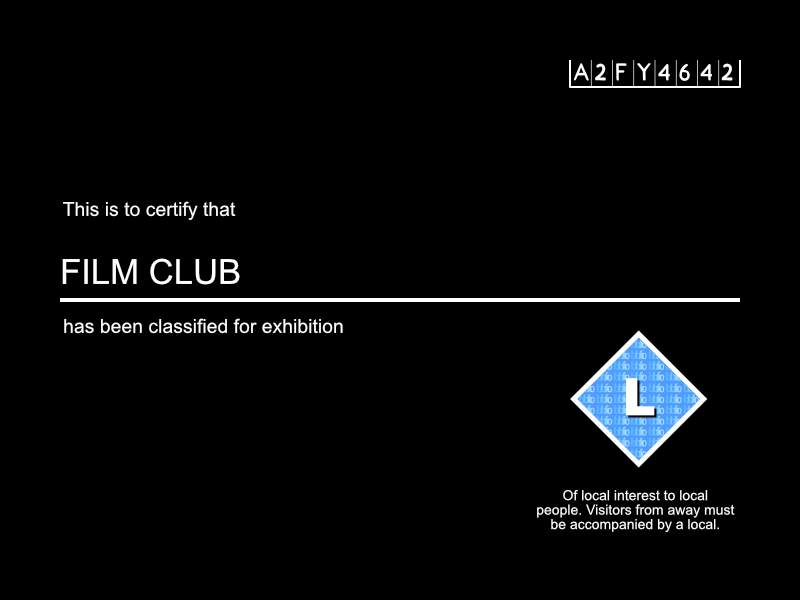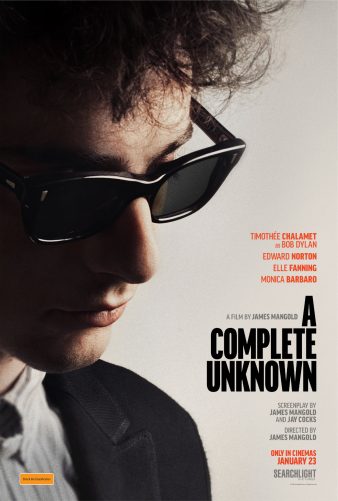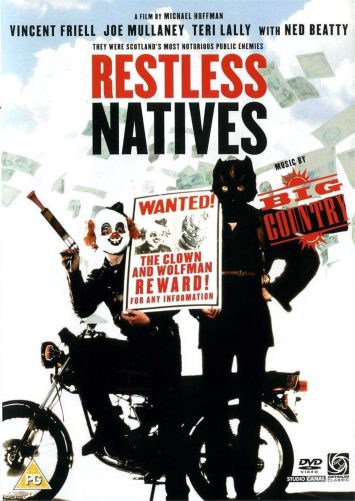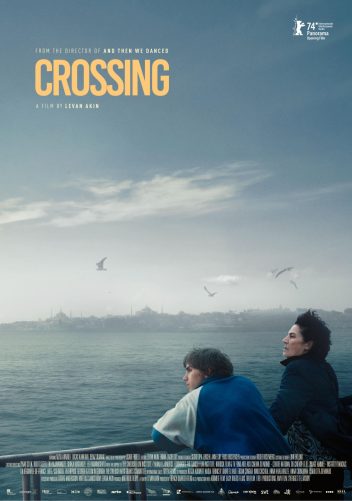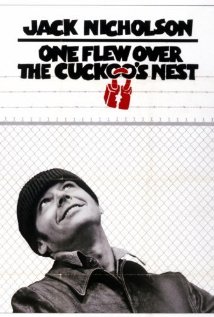
Regretfully, we are forced to announce the cancellation of our planned Christmas event, The Sound of Music.
As a volunteer organisation we do not have the resources of both time and money required to tackle a point of legal debate surrounding the licensing of the movie for such an event. Despite clearing the film licence with the pertinent authority, another group that organises sing-along style events in London has taken issue with our intention to host a sing-along event for our small local audience.
Anybody who purchased tickets online will shortly receive a full refund.
In order to fill the void in our schedule we have brought forward our planned January movie “The Sapphires” to December 9th, and we are planning on releasing an updated Winter/Spring schedule within the next week.
If you’d like to see The Sound of Music as a sing-along event, regular events are hosted in London by this company. Their contact details are on that page should you have any queries. Their phone number for bookings is 01483 488000. Return tickets on the train to London are available from here, here or here among other places.

